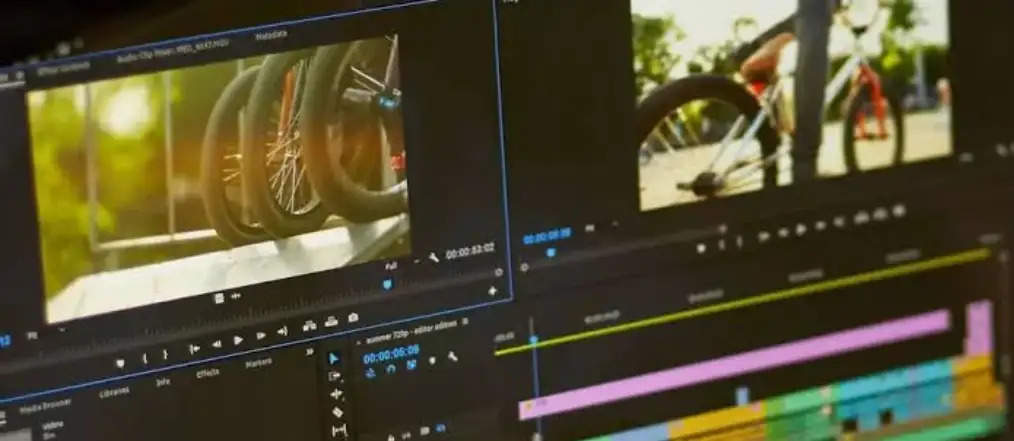Learn What is Video Enhancement and How Does it Work
One of the most common questions people ask when it comes to technology is how does video enhancement work? Video enhancement involves improving low-quality video by applying sound and picture editing techniques to existing videos and movies. Video quality can be improved through the use of a video enhancer that specialize in this process. It is not something that you need to do yourself, so you don’t have to search for a free video enhancer that might damage your work. There are quite a few companies out there that provide this service. These companies work closely with the movie and television industry, so they know exactly what is required to enhance video quality. In the end, you will be glad you hired these companies to do this work for you. If you’ve ever asked yourself “how do you cleanup a video?“, then carry on reading.
| Feb 14, 2025, 22:33 IST

Editing Video
The way it works is straightforward. An editor stands in front of the customer and makes minor changes to the video file. They can do anything from removing background noise to expanding text. Many different things can be done, and they all serve to enhance the customer’s experience while watching the film. It is incredible what some of these enhancements can do.
What is Video Enhancement and How Does it Work?
What is Video Enhancement?
Video enhancement is the process of improving the quality of a video by increasing its clarity, sharpness, brightness, color accuracy, and overall visual appeal. It is used in various fields such as film restoration, surveillance footage improvement, medical imaging, and AI-powered upscaling.
---
How Does Video Enhancement Work?
Video enhancement uses different techniques and technologies to improve video quality. Here are the key methods:
1. Noise Reduction 🛠
Removes grainy textures and random visual distortions (often seen in low-light videos).
Uses AI-based denoising filters to smooth out noisy frames.
2. Resolution Upscaling 📺
Enhances low-resolution videos (e.g., 480p to 1080p or 4K).
Uses AI upscaling to add missing details and improve sharpness.
3. Brightness & Contrast Adjustment ☀️🌑
Corrects overexposed or underexposed videos.
Improves visual clarity in dark or washed-out scenes.
4. Color Enhancement & Correction 🎨
Adjusts color balance and saturation for more realistic visuals.
Fixes color distortions caused by poor lighting or old cameras.
5. Frame Interpolation (Smooth Motion) 🎥
Increases frame rates (e.g., 30fps to 60fps) for smoother motion.
Uses AI to generate extra frames between existing ones.
6. Super-Resolution AI Enhancement 🤖
Advanced AI models analyze video frames to predict and add missing details.
Used in film restoration and forensic video analysis.
---
Where is Video Enhancement Used?
✔ Surveillance & Security – Enhancing blurry CCTV footage.
✔ Media & Entertainment – Restoring old movies and upgrading video quality.
✔ Medical Imaging – Improving X-rays, MRIs, and other scans.
✔ Forensic Analysis – Enhancing low-quality evidence footage.
✔ Gaming & Streaming – AI upscaling for better visual experience.
---
Final Thoughts
Video enhancement is transforming how we restore, improve, and experience videos. With AI-powered tools, even low-quality videos can be made clearer and more visually stunning. Want to enhance a video? Try AI-based software like Topaz Video Enhance AI, Adobe Premiere Pro, or DaVinci Resolve.
